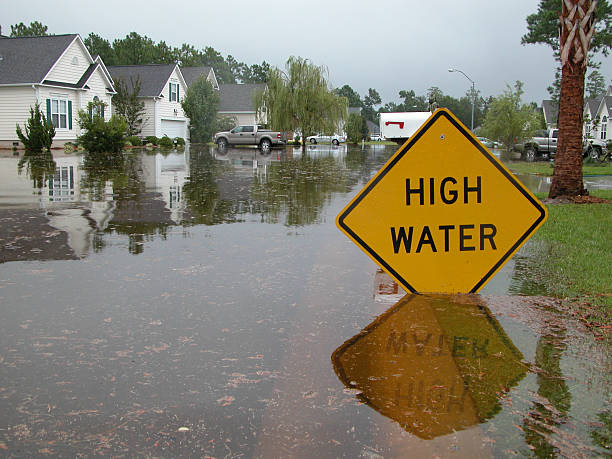

Water-related disasters, such as floods, hurricanes, and tsunamis, can wreak havoc on communities, causing widespread destruction and displacement. In such emergencies, being prepared with essential supplies can make a significant difference in your ability to endure and recover from the crisis. Whether you're facing imminent flooding or preparing for hurricane season, having the right supplies on hand can help ensure your safety and well-being. In this comprehensive guide, we'll discuss the essential supplies you need to weather water-related disasters effectively.
Water is the most critical resource during any disaster, especially water-related ones. Flooding can contaminate water sources, making them unsafe for consumption. Therefore, it's crucial to have an adequate supply of clean drinking water stored. The general rule of thumb is to have at least one gallon of water per person per day for a minimum of three days. Additionally, consider storing water purification tablets or filters to make contaminated water safe for drinking. In case of severe flooding, consulting a water restoration company may be necessary to ensure the safety and usability of your water supply.
In times of crisis, access to fresh food may be limited or non-existent. Stock up on non-perishable food items that require little to no preparation, such as canned goods, granola bars, dried fruits, nuts, and ready-to-eat meals. Choose foods with a long shelf life and high nutritional value to sustain you and your family during an emergency. Don't forget to include a manual can opener in your supplies kit.
Accidents and injuries are common during disasters, so having a well-equipped first aid kit is essential. Your kit should include adhesive bandages, gauze pads, antiseptic wipes, adhesive tape, tweezers, scissors, pain relievers, antacids, and any prescription medications you or your family members may need. Additionally, include a first aid manual to guide you through basic medical procedures.

Power outages are common during water-related disasters, leaving you in the dark and vulnerable. Make sure to have several flashlights and plenty of batteries on hand to provide illumination when the electricity is out. Consider investing in LED flashlights, which are energy-efficient and long-lasting. Don't forget to check and replace batteries regularly to ensure they're functioning when needed.
A battery-powered or hand-cranked radio is essential for staying informed during emergencies. It allows you to receive updates on weather conditions, evacuation orders, and other critical information from local authorities. Tune in to NOAA Weather Radio for real-time updates and emergency alerts specific to your area. Include spare batteries or a hand-cranked charger for the radio in your supplies kit. Additionally, be aware of these common water damage issues, such as burst pipes, roof leaks, and basement flooding, and take preventative measures to mitigate their impact on your home.
If you're forced to evacuate your home due to flooding or other water-related disasters, having a portable shelter can provide temporary refuge. Consider investing in a sturdy tent or tarp that's easy to set up and can withstand adverse weather conditions. Make sure to include blankets, sleeping bags, and warm clothing to stay comfortable during your time away from home. Additionally, prepare your home in advance for a water damage crisis by sealing windows and doors, clearing gutters, and securing outdoor furniture to minimize potential damage.
Maintaining personal hygiene is crucial for preventing illness and infection, especially in emergencies. Pack essential hygiene items such as soap, hand sanitizer, toothpaste, toothbrushes, sanitary wipes, feminine hygiene products, and diapers for infants. Include a portable toilet or supplies for improvising one, such as plastic bags and toilet paper, if access to sanitation facilities is limited.
Having the right tools and supplies can help you address various challenges that arise during water-related disasters. Pack a multi-tool, duct tape, rope, waterproof matches, a whistle, work gloves, and plastic sheeting for shelter or repairs. Consider including a fire extinguisher, shovel, axe, and crowbar for additional safety and utility.